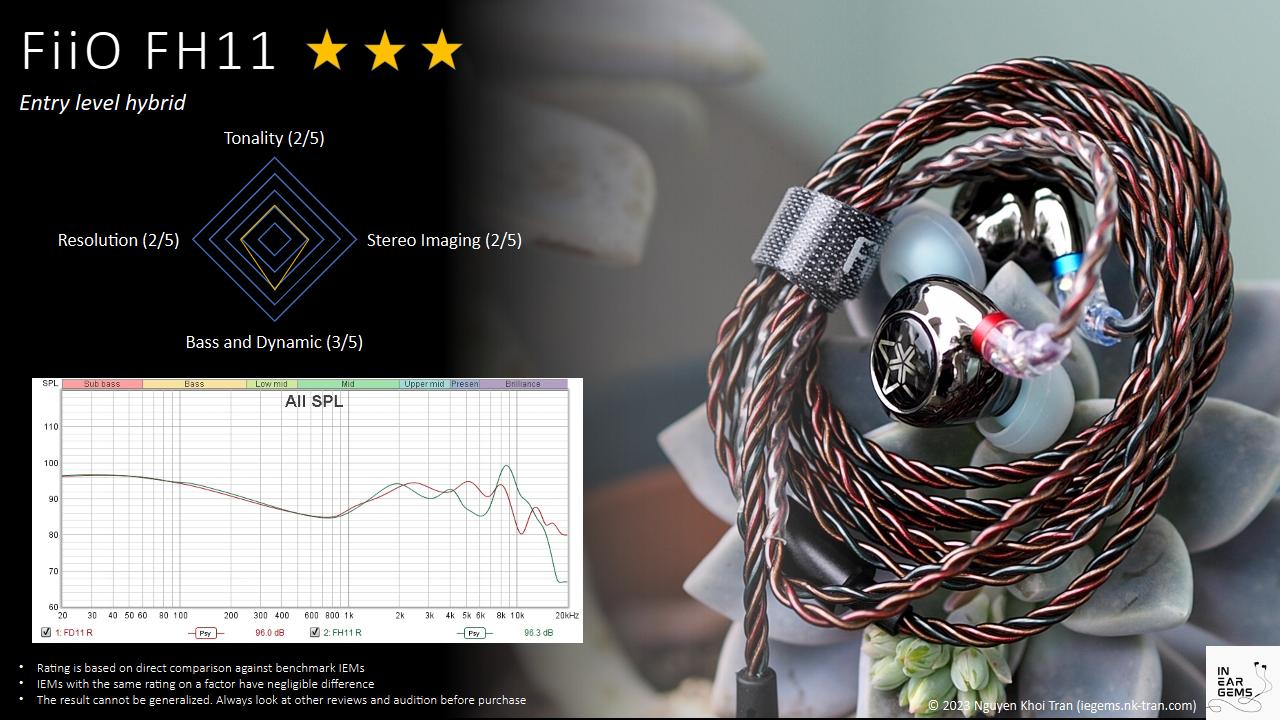FiiO FH11 - Entry level hybrid
What if we take the shells and drives of FiiO FD11 and add a Balanced Armature driver in the nozzle? Apparently, FiiO has the same idea. Today, we will look at the result of the combination, FiiO FH11.
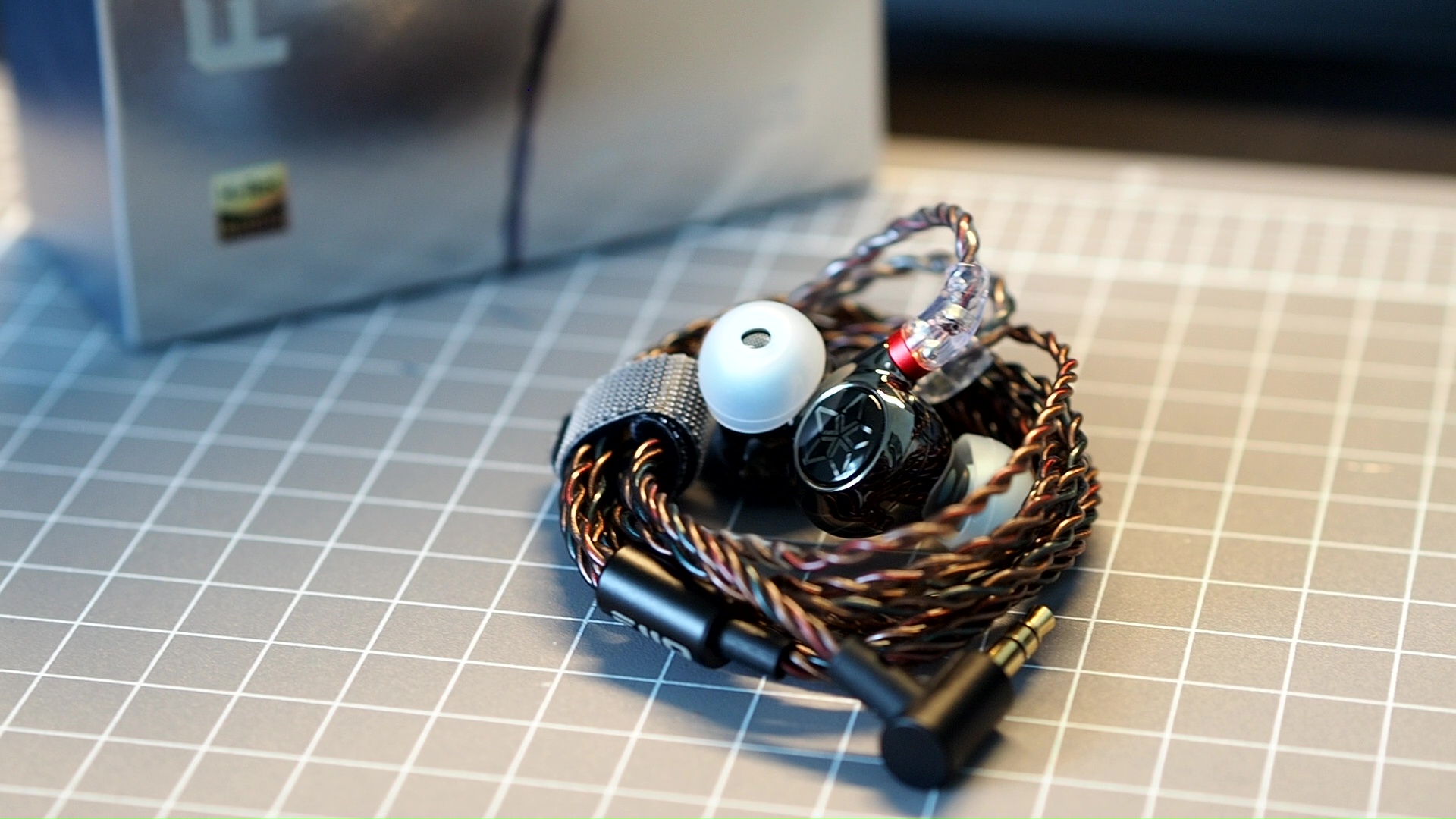 Forewords
===
Forewords
===
- What I look for in an IEM is immersion. I want to feel the orchestra around me, track individual instruments, and hear all of their textures and details. I’m not picky about tonality, as long as it does not get in the way of immersion.
- I rate IEMs within with a consistent scale from 1 (poor) to 3 (Adequate) to 5 (outstanding). Ratings are assigned by A/B tests against benchmark IEMs, regardless of the retail price.
- Ranking list and measurement database are on my IEM review blog.
- Terms used in my reviews are consistent with the glossary by Headphonesty
- This review is based on a review sample from FiiO (Thank you!). I have no affiliation with or financial interest in FiiO. The unit retails for $50 at the time this review was published. You can find out more information about the IEM and where to purchase on FiiO website
Sources for listening tests:
- iBasso DX300 (for all A/B tests)
- FiiO K7
- Hidizs XO
Local FLAC files ripped from CDs or bought from Qobuz were used for most casual listening and A/B tests. My playlist for A/B tests can be found on Apple Music here.
All of my listening was done with the stock bass ear tips. I listen at a medium volume. I usually turn up the volume until the midrange is fully audible and detailed, unless a treble peak or overwhelming bass prevents me from doing so.
Specs
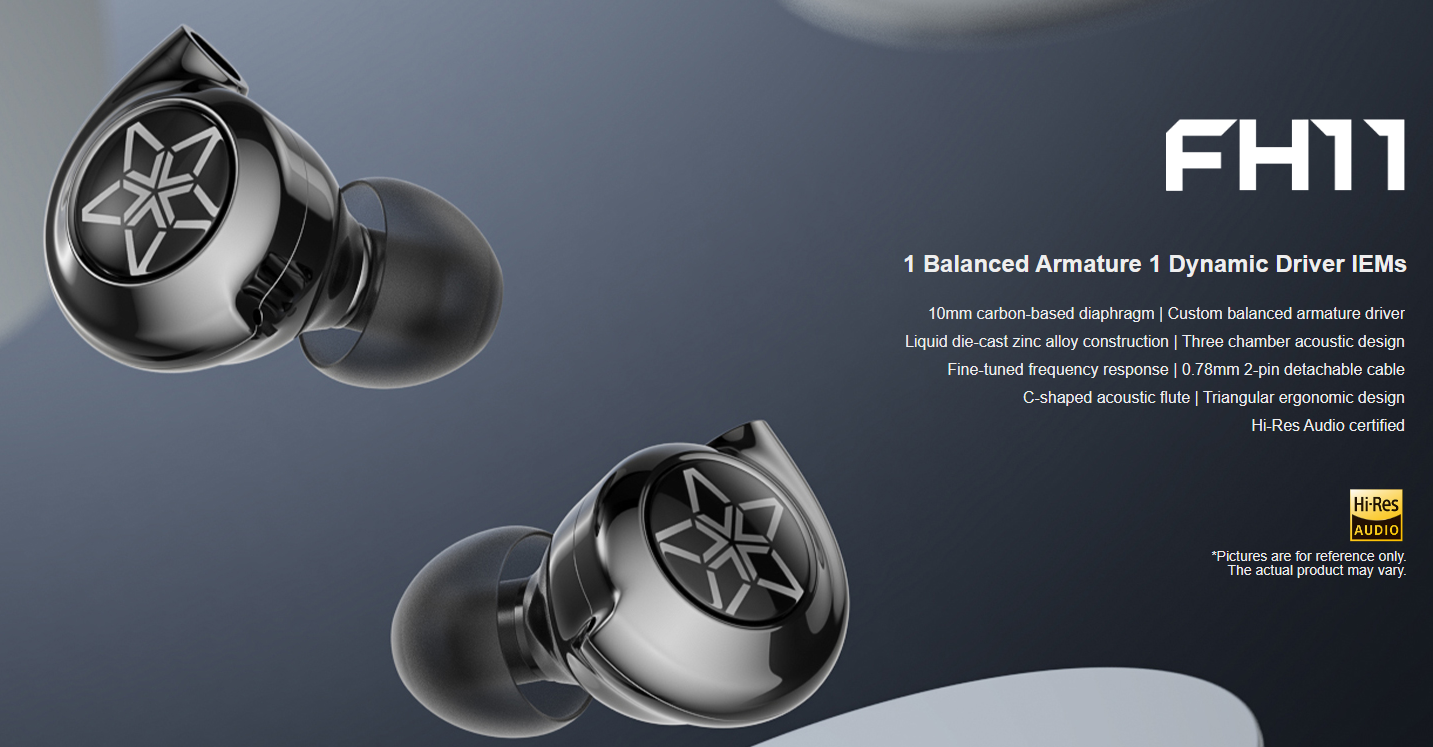
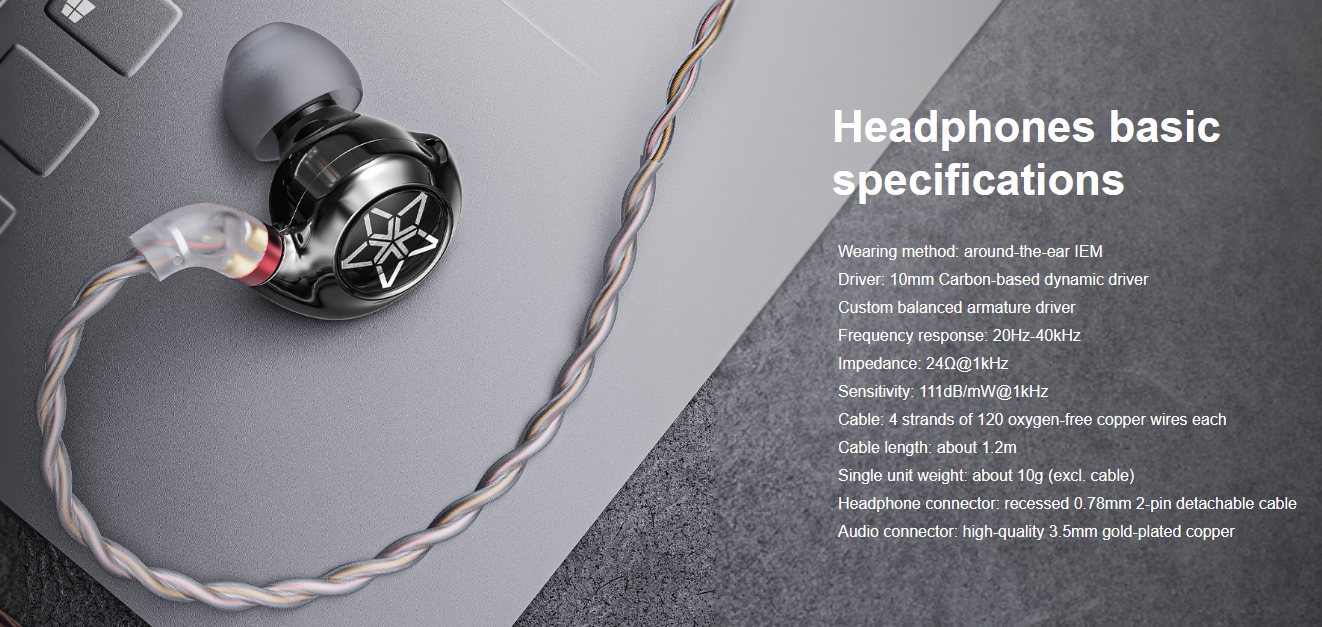
Build and Comfort

There are two main differences between the accessories set of FH11 and FD11. Firstly, FiiO has included a new “bass” ear tips set with soft and sticky caps. Thanks to these new ear tips, all the fit issues I had with FD11 have been resolved.
Secondly, FiiO changed the colour of the sheathing material of the stock cable. I think the new colour scheme improves the appearance of the cable. The handling and hardware of the cable remain the same. FiiO still uses the semi-proprietary 2-pin socket. On the plus side, the 2-pin connectors are well protected, and the cable connects seamlessly to the earpieces. On the negative side, you are limited to the new line of 2-pin cables from FiiO if you want to be sure about the compatibility. I have seen cables with built-in USB-C DAC and microphone in this new product line, which I find interesting.
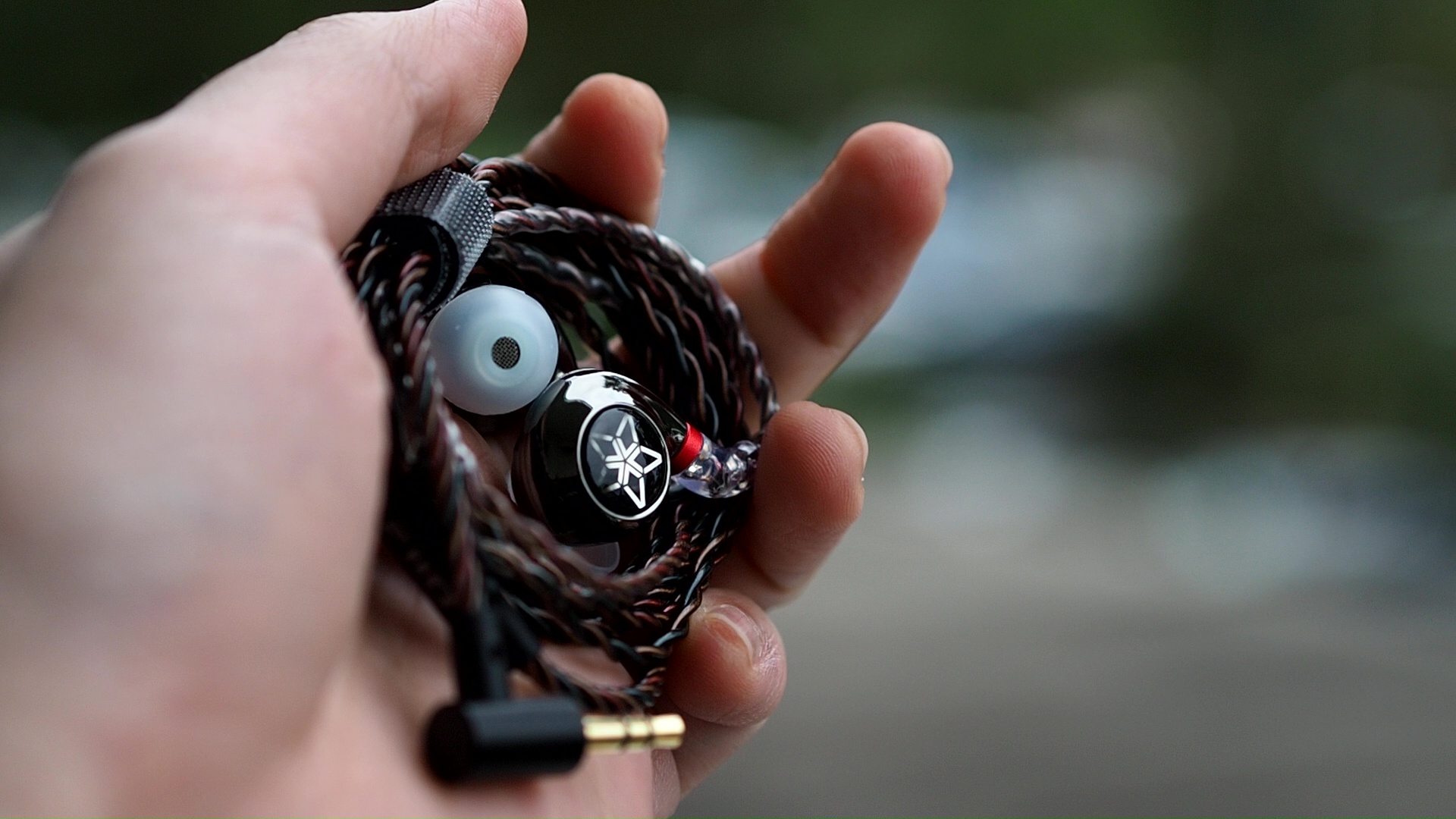
The earpieces of FH11 are nearly identical to the earpieces of FD11. However, FiiO changed the colour of the chrome plating from silver to black. This colour is the same as the plating colour of FiiO FD7 or FH9. The logo on the faceplates has also been changed.
The fit, for me, remains as tricky as that of the FD11. However, thanks to the new ear tips, I don’t have as much challenge finding a good seal.
Tonality
Frequency response of FH11 against the FD11. Measurements were done with an IEC-711-compliant coupler and might only be compared with other measurements from this same coupler. Visit my graph database for more comparisons.
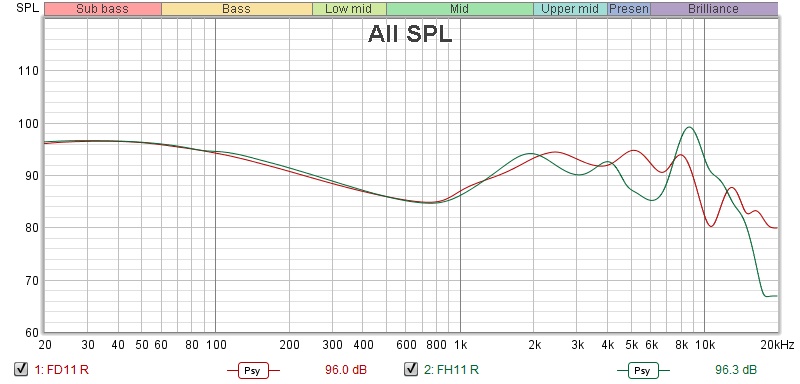
It is helpful to think of an IEM as a filter that highlights or subdues different parts of the incoming audio signal. This effect can be measured objectively by the squiggly lines above, called Frequency Response (FR) graphs, which measure how loud an IEM is at different frequencies from 20Hz (bass) to 20kHz (upper treble). Subjectivity is how your ears and brain interpret the effect of that filter on your music and decide whether it is “enjoyable.” There are some “rules of thumb” when it comes to tonality, but most interesting IEMs usually bend the rules masterfully.
Let’s look at the tuning intention stated by FiiO first.

Is the description accurate? Mostly. Let’s go into some details.
I would describe the tonality of FH11 as “very warm Harman-inspired tuning.” Being Harman-inspired means that the response of FH11 contains a proper ear-gain boost to compensate for the fact that an IEM bypasses the effect of your ears and head. This boost starts correctly at 1kHz, rises by about 10dB and peaks at 2kHz, earlier than the Harman target. Subjectively, this tuning provides a lot of clarity and presence to female vocals and midrange instruments such as guitars and violins. Luckily, FiiO does not boost the ear gain too far, so I had no problem with pinna glare (specific high notes of vocals or guitars sound unnaturally loud and fatiguing).
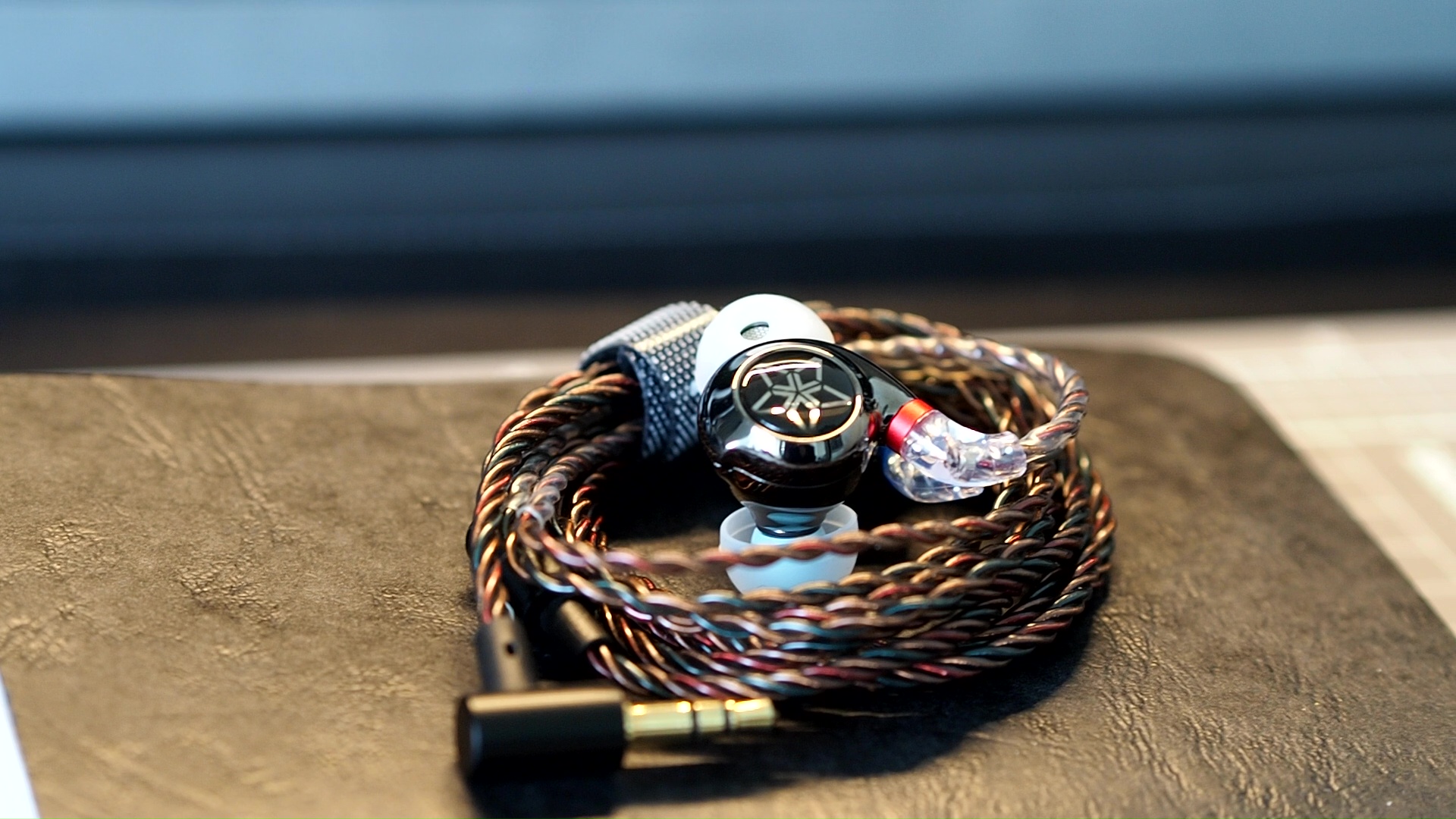
The warmth of FH11 is created by the “hump” that boosts all frequencies from the lower midrange at 250Hz all the way to the middle of the midrange around 1kHz. Subjectively, this tuning style adds thickness and a “warm” colouring to the midrange, making it more suitable for some recordings and less so for others. For instance, when I listened to Jolene (feat. Dolly Parton)” by Pentatonix, I found that all voices felt a bit boomy as if they had more “chest” than usual. When I listened to “Bach’s Violin Sonata No.1 in G Minor: Presto” by Kavakos, I found that the violin is somewhat imbalanced as if the lower strings are louder, the middle strings are quieter, but then some upper notes can feel a touch too sharp. On the plus side, this warmer colouring creates a sense of ambience, similar to how the resonance of the lower strings of cellos seems to fill a hall in a live concert. Depending on your preference and listening experience, you would find this thicker presentation endearing or distracting.
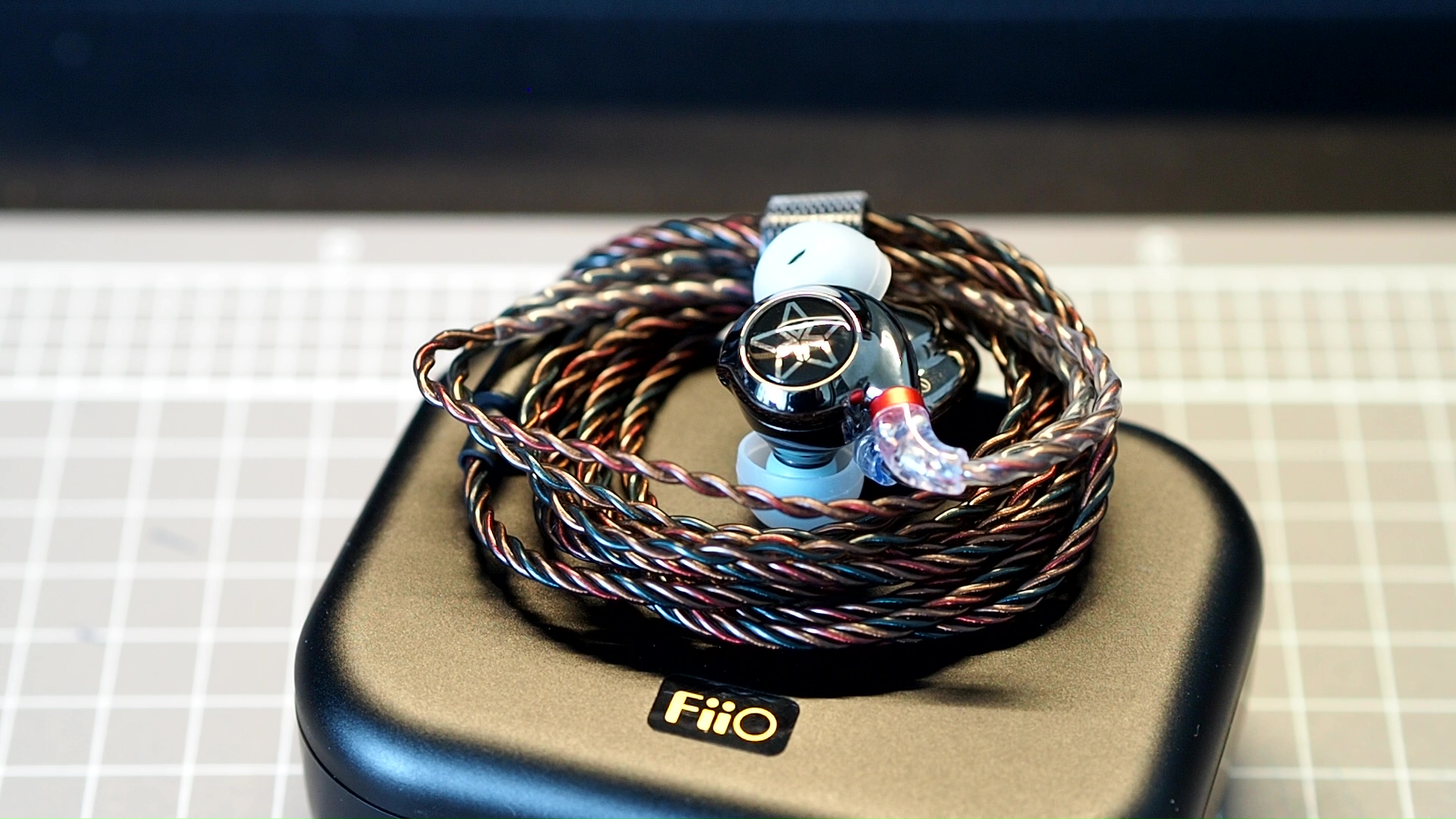
The treble of FH11 has three prominent features: (1) a peak at 4kHz, (2) a deep valley within the lower treble (presence) region around 5-6kHz, and (3) a very prominent peak between 8-10kHz.
The peak at 4kHz translates to the perception that instruments and vocals have more robust definitions and boundaries. This effect resembles applying a sharpening filter to a photo rather than swapping to sharper lenses. It helps most of my test tracks sound crisper and more transparent but does not help with separation when the music gets busy.
The treble valley effectively subdues certain harshness and sibilance in vocals and instruments. On the other hand, it also suppresses some details, making some tracks feel a bit washed out and some instruments less detailed. It also subdues the stick impact of cymbals and hi-hats. For instance, in” Livin’ On a Prayer” by Bon Jovi and “G.O.A.T.” by Polyphia, I had a hard time hearing the sound of the stick hitting the hats and cymbals. Yet, I can hear the body and the splash of these instruments clearly.

The prominent peak between 8-10kHz is erroneous, in my opinion. It emphasises sibilance with most tracks, from the lighter ones like” Jolene (feat. Dolly Parton)” by Pentatonix to the harsher ones like” Livin’ On a Prayer” by Bon Jovi and” Beat It” by Michael Jackson. The contrast between the 6kHz valley and the peak at 8-10kHz also creates a sense of unnaturalness in higher pitch sounds like cymbals, hi-hats, and even hand claps, such as the opening section of” Synchro (Bom-ba-ye)” by Tokyo Kosei Wind Orchestra.
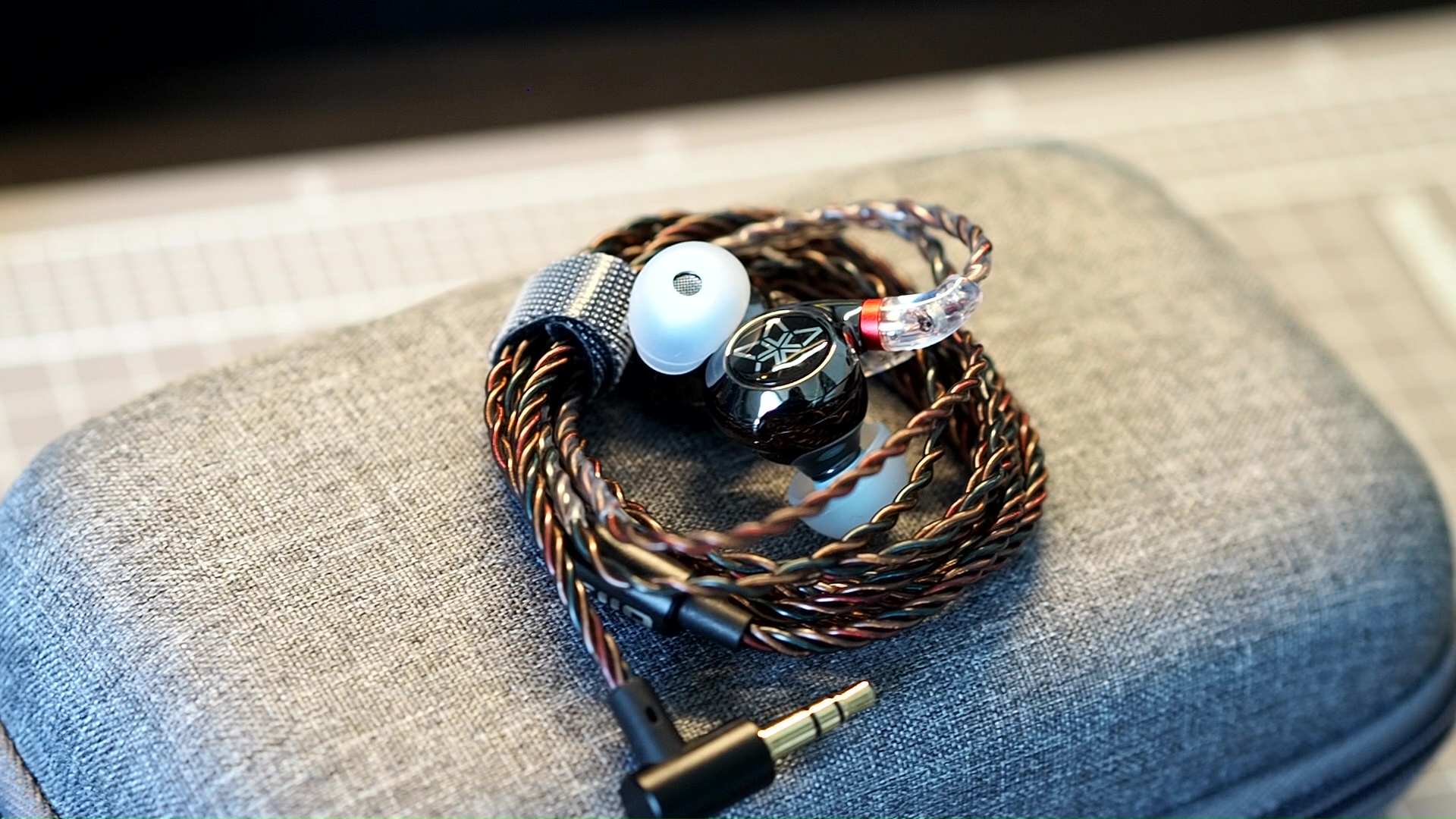
Before we move on, I want to have a quick comment on the timbre of FH11. Whilst it is mostly acceptable with most commercial and electronic music, I found that it does not fare very well with acoustic recordings. In both “Bach’s Violin Sonata No.1 in G Minor: Presto” by Kavakos and” Game of Thrones Medley” by 2CELLOS, I found that the timbre of string instruments is not the most natural. The violins sound dry and somewhat thin despite the boosted lower mid. The suspects might either be the BA driver or the uneven treble tuning.
Bass and Dynamic
A good pair of IEMs/earbuds/headphones should be able to convey, even emphasise, the sense of rhythm and the ebbs and flows of music. In general, this energy requires IEMs to be able to convey rapid volume swings on the downbeat of an orchestra or the leading edge of bass note. It also requires tactile physical sensation of the bass, and the sense of rumble and texture accompanying the bass drops. An IEM can have loud bass, but still fail to convey energy should it lack other features above.
Bass and dynamic is where FH11 shines. Across all of my test tracks, FH11 conveys a strong sense of pacing and rhythm.
The dynamic swings of FH11 are not the strongest I have heard in an IEM. Still, it is adequate to convey the downbeats of the orchestra in “Let the Battles Begin!” by Square Enix Music & Nobuo Uematsu or the slams by the drums and the bass in “G.O.A.T.” by Polyphia.

Using ”Battle Bar” by Yuki Hayashi to analyse FH11, I found that bass notes have a clean leading edge and extended decay with good texture. In fact, I would say the texture of the bass response is the highlight of FH11. I particularly like to focus on bass guitar with FH11 because I can hear the notes, and these bass notes have a sense of tactility and nuance to them. I guess this effect stems from a combination of the tuning and the dynamic driver.
Soundstage Imaging

Stereo imaging or “soundstage” is a psychoacoustic illusion that different recording elements appear at various locations inside and around your head. Your brain creates based on the cues in the recording, which are enhanced or diminushed by your IEMs, your DAC, and your amplifier. Some IEMs present a wide but flat soundstage. Some present a “3D” soundstage with layering, depth, and height. In rare cases, with some specific songs, some IEMs can trick you into thinking that the sound comes from the environment (a.k.a., “holographic”)
The stage of FH11 is not remarkable, at least when I listen to music. The expansion of the stage is not very far. Across my test tracks, FH11 manages to push the instruments beyond the ears only a few times.
The sense of depth and layering of the soundstage is more commendable. For example, when I listened to “Bach’s Violin Sonata No.1 in G Minor: Presto” by Kavakos, I was pleasantly surprised to find that I could discern the reverb of the recording hall. Moreover, I can also hear a hint of layering, meaning the violin stands out from the reverb in the background.
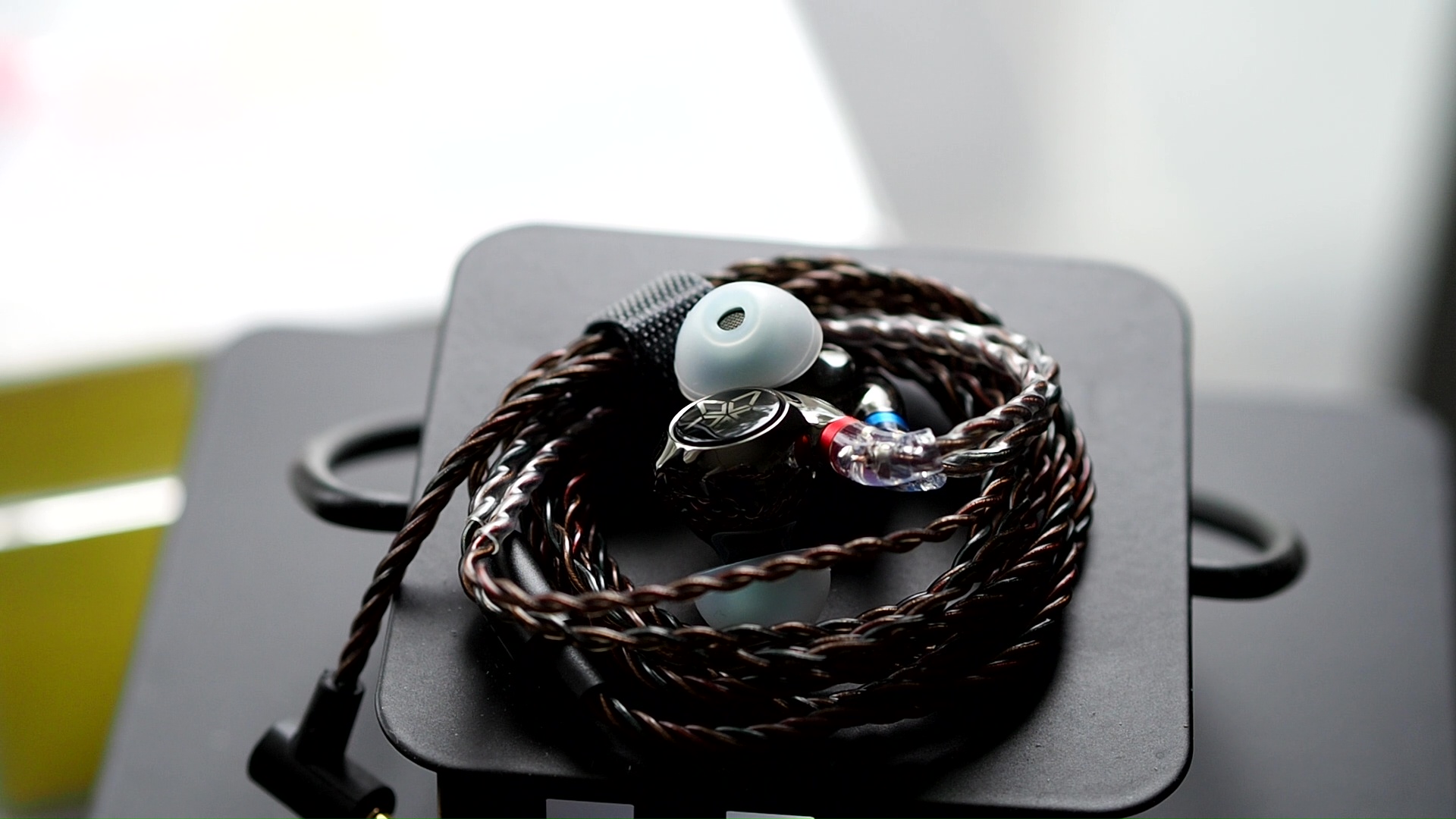
Soundstage imaging with games (CS GO Gameplay by Throneful) To my surprise, the soundstage imaging of FH11 works much better in games. The soundstage feels like an oval that extends slightly outside my head. It was easy to pinpoint the direction of the footsteps and gunshots. I could even track the sounds moving around and behind my head. The illusion of distance and height are also serviceable. If you have gaming skills, you can certainly take advantage of these IEMs.
Resolution

Resolution is a fascinating subject due to the difficulty of pinning down what it really is. To me, “resolution” can be broken down into three components: (1) Sharpness, incisiveness, or “definition” of note attacks (see the figure above). (2) The separation of instruments and vocals, especially when they overlap on the soundstage. (3) The texture and details in the decay side of the notes. The first two give music clarity and make it easy to track individual elements of a mix. The last provides music details and nuances. Smooth and well extended treble response plays a crucial role.
The overall tuning of FH11, especially the emphasise around 4kHz and 8kHz, creates a strong sense of clarity and definition. All notes from percussive instruments have clean and crisp leading edges. Voices and other sustained instruments are clear with crisp “boundaries.” However, the “true” resolution regarding the clean separation between instruments and voices during busy music sections is only average in the grand scheme. What it means is FH11 would sound clean and resolving with more straightforward recordings, but it would suffer with more complex orchestral or electronic music.
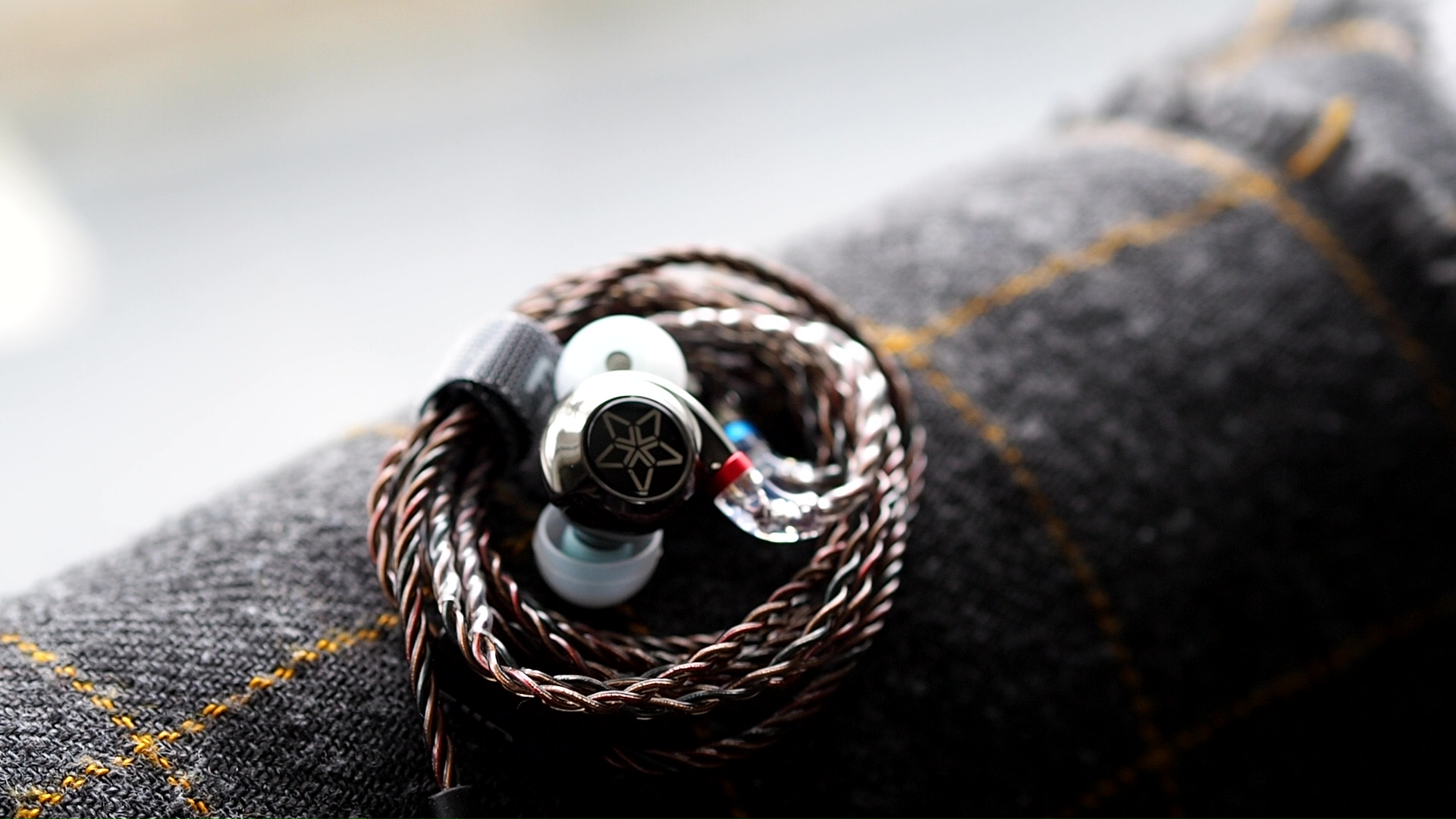
Similar to most IEMs, FH11 does not reveal a lot of micro details. For example, when I listen to “Bach’s Violin Sonata No.1 in G Minor: Presto” by Kavakos, I can easily hear the violin notes and some finger tapping but not finer details like the sympathetic resonance of the violin or the friction of the bow against the string.
Comparisons
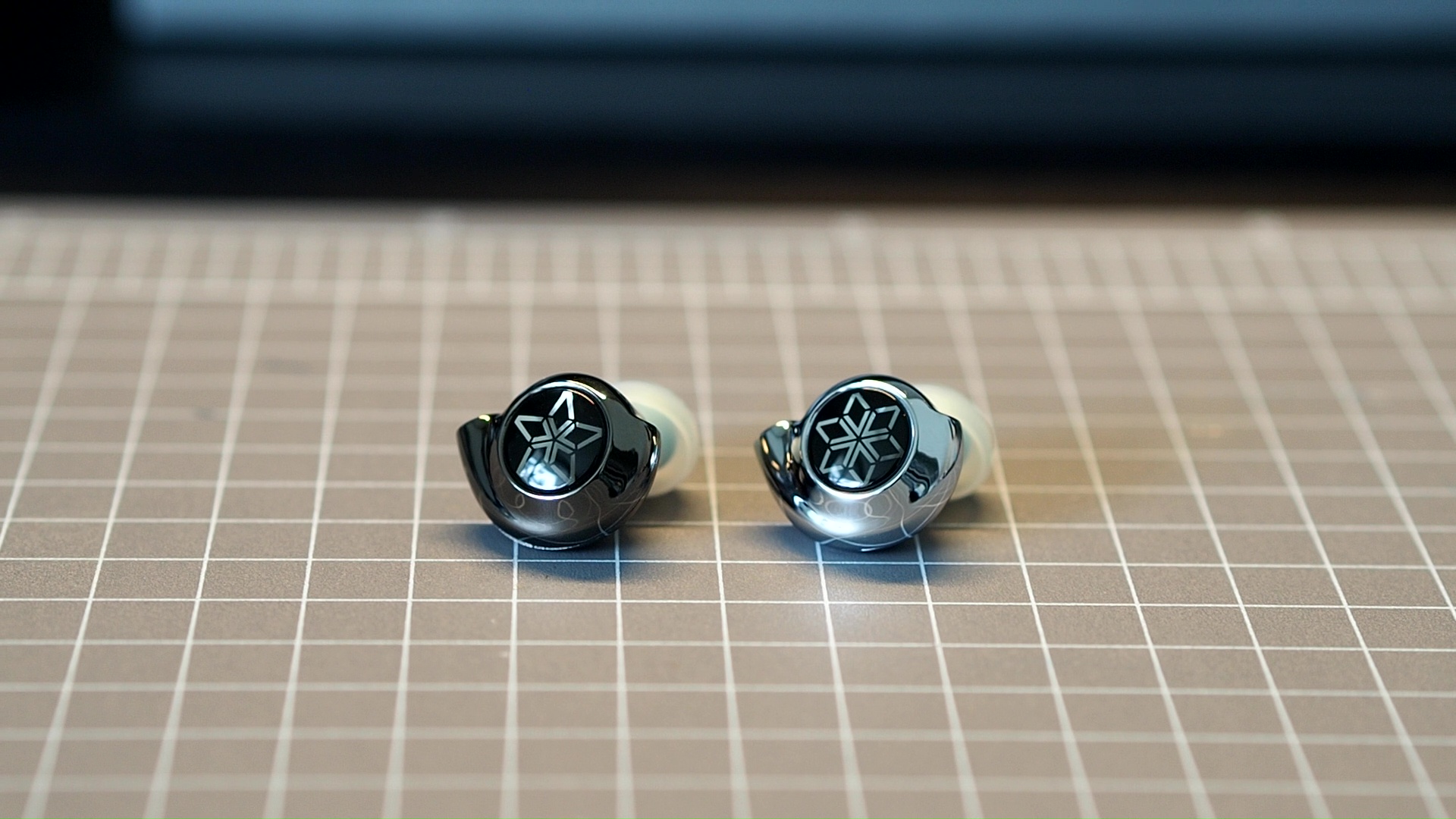
Vs FD11:
- Despite having minimal differences on the graph, the midrange of FH11 feels noticeably thicker and more weighty than FD11 in direct comparison. If you prefer a leaner tonality, you will find FD11 more natural and less boomy. If you prefer a thicker tonality, you will find FH11 more pleasing.
- The thinner midrange makes FD11 feel more open. However, the actual expansion of the soundstage of both IEMs is similar.
- The violin’s timbre is lusher and more organic with FD11 than FH11.
- The note definition of FH11 feels sharper but also introduces more sibilance. The leading edge of notes of FD11 feels rounder and less incisive in general.
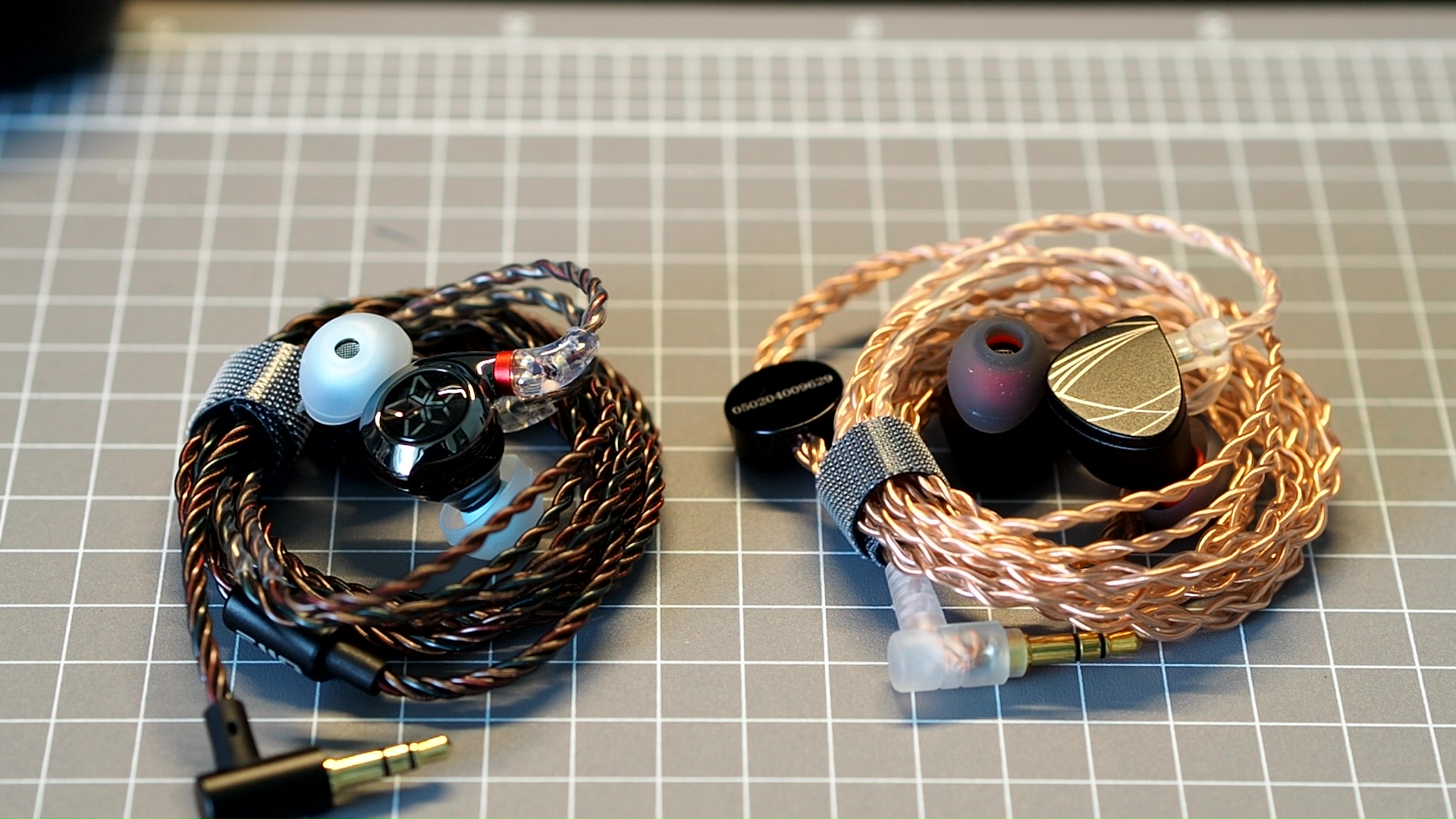
Vs Moondrop Aria 2021:
- Aria has more natural voices that are less boomy and unnaturally chesty
- The tonality of the violin is lusher and more organic. The unusually dry and thin timbre of the violin is not there.
- The soundstage expansion and imaging are the same
- The resolution and note definition are the same
- Aria has less depth separation between the violin and the background reverb than FH11.
My Take

I have a friend and fellow reviewer who has been on a “crusade” to democratise high-end audio sounds by constantly hunting and sharing good deals and even dabbling in making IEMs. He is not alone on the journey. Many manufacturers, such as FiiO, have been on that path for years. FH11 is another step in that direction.
Yes, this review is harsh and unforgiving because I treat FH11 like a serious “audiophile-grade” IEM. But there is no denying how much technology, generally good sound, and value have been packed into these tiny hybrid IEMs. If you read my description of the tonality and you find yourself nodding, “Yup, that’s how I want my IEMs to be tuned”, and if your budget can only stretch so far, FH11 should be in your consideration.
Rating
 Tonality: 2/5
Tonality: 2/5
 Soundstage Imaging: 2/5
Soundstage Imaging: 2/5
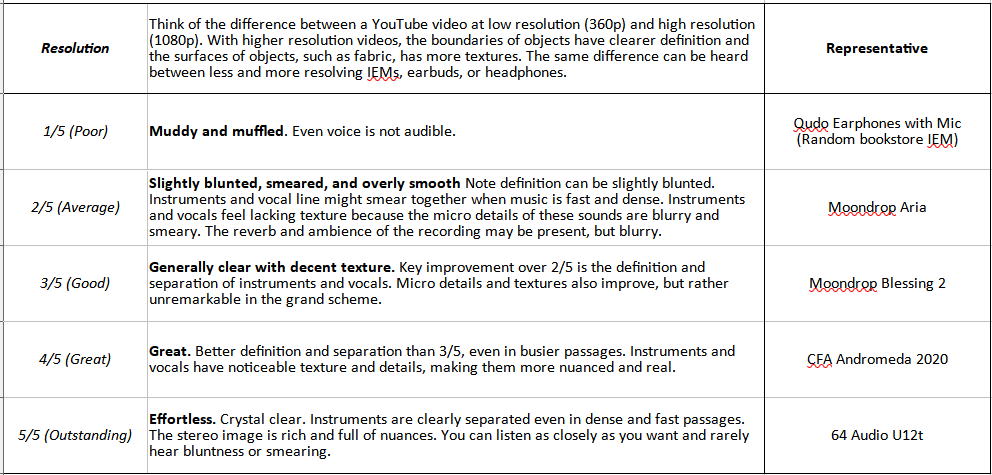 Resolution: 2/5
Resolution: 2/5
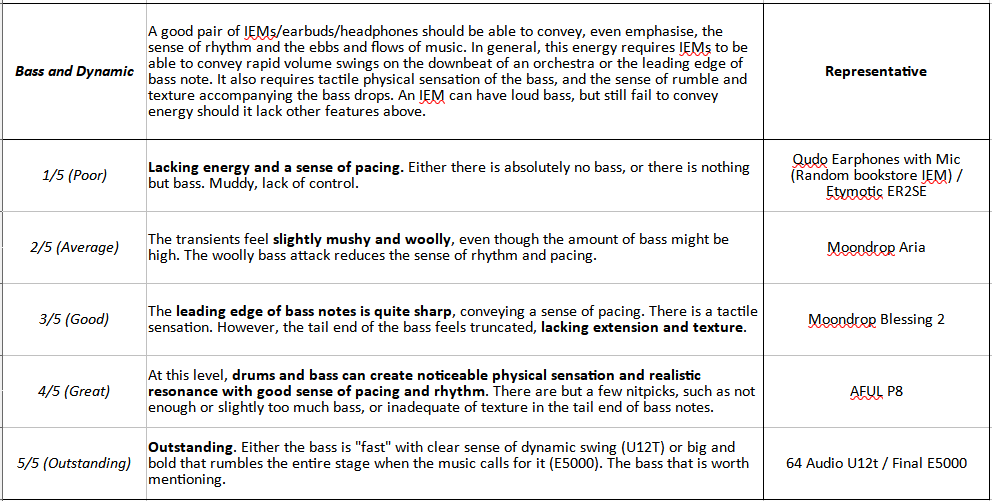 Bass and Dynamic: 3/5
Bass and Dynamic: 3/5
Absolute Sonic Quality Rating: 2.5/5 (Above Average)
Bias Score: 3/5 (Not much to complain)
